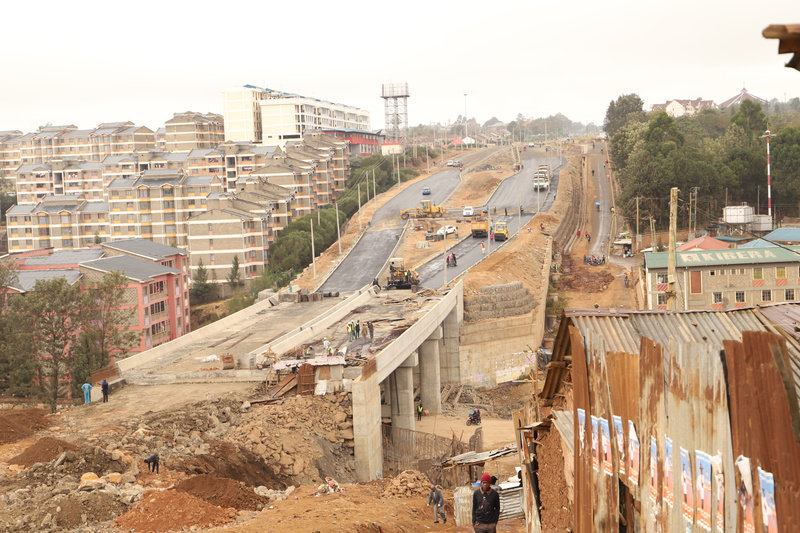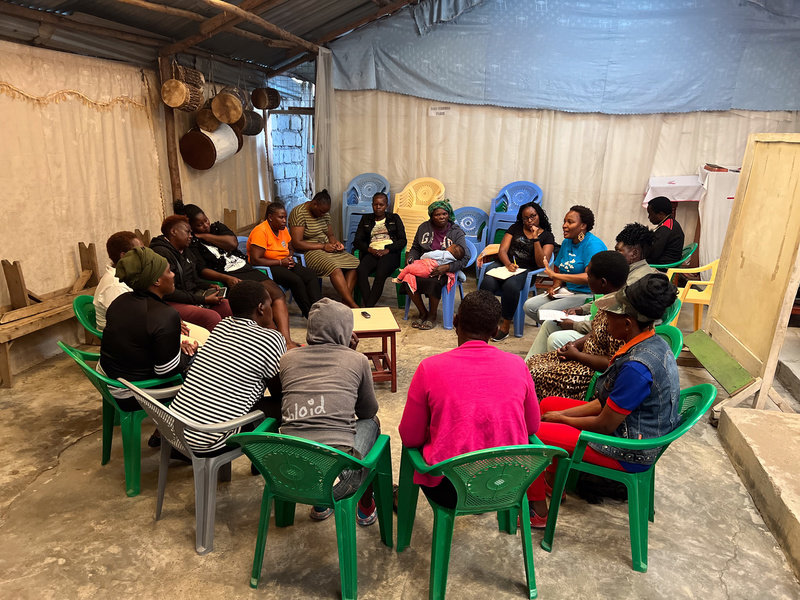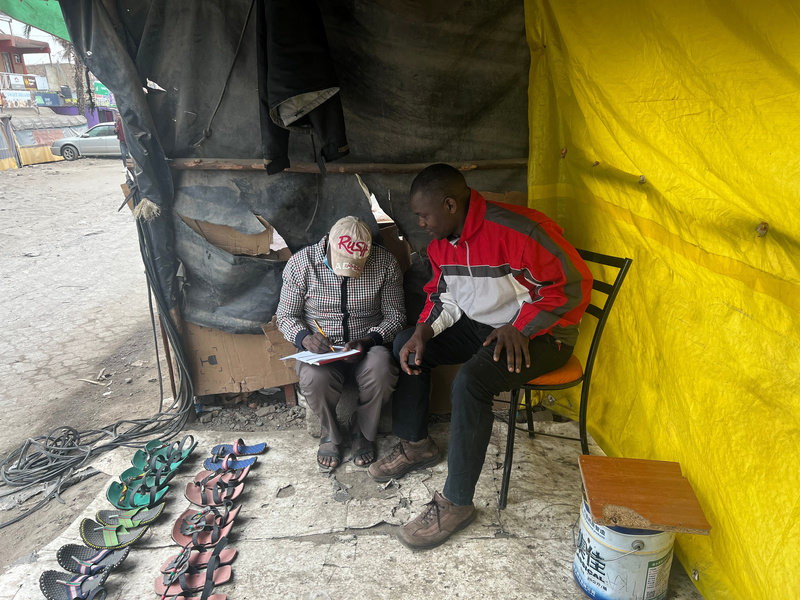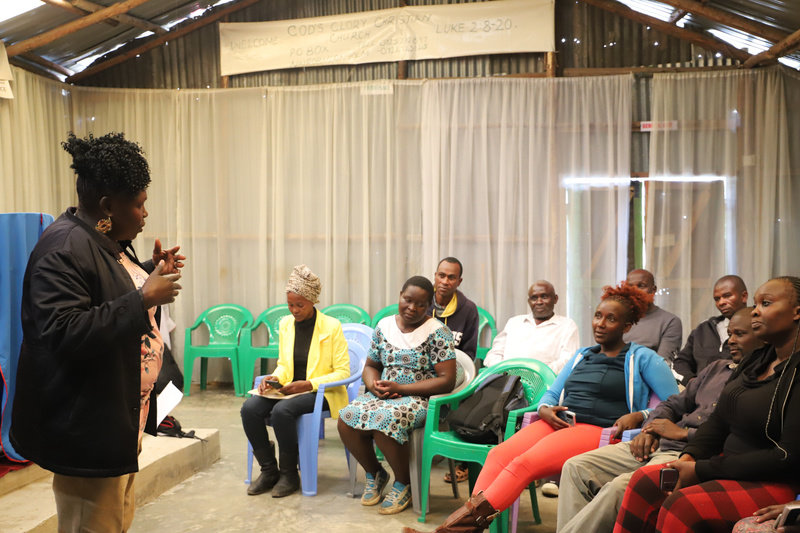infrastructures of climate repair
Building Infrastructures of Climate Repair (BICR) aims to investigate, unpack, and understand the gaps in conceptions and experiences of climate risk and uncertainty as they overlap with–and even perpetuate–different forms of violence for marginalized, low-income women in the urban Global South. The initiative strives to understand the interactions between multiple forms of urban violence and climate risks in Nairobi, Kenya, and Karachi, Pakistan.
Context
Large-scale developments in low-income neighborhoods can cause growing climate stress and risk for residents of Nairobi and Karachi. This project explores the potential of infrastructural maintenance and repair that arise from complex interactions between people, technologies, colonial legacies of infrastructure development, and other actors. BICR also places marginalized, low-income women, who often experience significant levels of violence, at the heart of what it means to experience the city in 24-hour cycles of overlapping risks and uncertainties.

Through a process of cross-city learning and interdisciplinary research in conjunction with practice partners, emphasis is put on the multiple pathways through which pro-poor, gender-sensitive infrastructure development and risk mitigation practices, potentiated by each research site, can improve well being.
Process
Our research focuses on investigating gendered practices of repair and maintenance in insecure urban areas. We examine the efforts of various organizations to improve infrastructure on the ground, as well as the local practices of self-built infrastructure and government-led initiatives to upgrade development and flood protection systems.

In Nairobi, the project focuses on three key infrastructure projects in order to study their impacts on their communities and how the communities adapt to the challenges: the Nairobi Expressway, the Outer Ring Road, and the Ngong Road- Langáta Road Link Road a.k.a the Missing Link Road.
The study employs the use of cross-sectional surveys, interactive digital maps and story maps, remote methodologies, and interactive sessions with communities utilizing infrastructures. Our counterparts at Karachi Urban Lab (KUL) are studying the settlements of Tent City and Sindhabaad in Karachi. We have had a learning exchange with KUL in Nairobi and have plans for another exchange in Karachi.
The study employs the use of cross-sectional surveys, interactive digital maps and story maps, remote methodologies, and interactive sessions with communities utilizing infrastructures. Our counterparts at Karachi Urban Lab (KUL) are studying the settlements of Tent City and Sindhabaad in Karachi. We have had a learning exchange with KUL in Nairobi and have plans for another exchange in Karachi.
Solution

Some outcomes of the project are to co-publish reports with practice partners and present the findings at national and international conferences. This will be accompanied by policy briefs for each city, journal articles, and other writing, in an effort to inform future actions that place social sciences and humanities in meaningful conversation with physical and medical sciences.
Impact

This project aims to change approaches to mainstream understandings of climate-related risks and uncertainties that are gendered, influence initiatives for urban adaptation to be cognizant of the implications of interventions in insecure urban environments, and propose socially just and sustainable solutions.
This interdisciplinary project is relevant to scholars across development studies, social psychology, anthropology, urban studies and planning, social policy, government, politics, civil engineering, public health and medical sciences, climate change within the environmental sciences, and human and physical geography. The partnership will draw on the communication and social media platforms and resources already established within KDI and KUL to be shared with local, national, and global audiences.
This interdisciplinary project is relevant to scholars across development studies, social psychology, anthropology, urban studies and planning, social policy, government, politics, civil engineering, public health and medical sciences, climate change within the environmental sciences, and human and physical geography. The partnership will draw on the communication and social media platforms and resources already established within KDI and KUL to be shared with local, national, and global audiences.